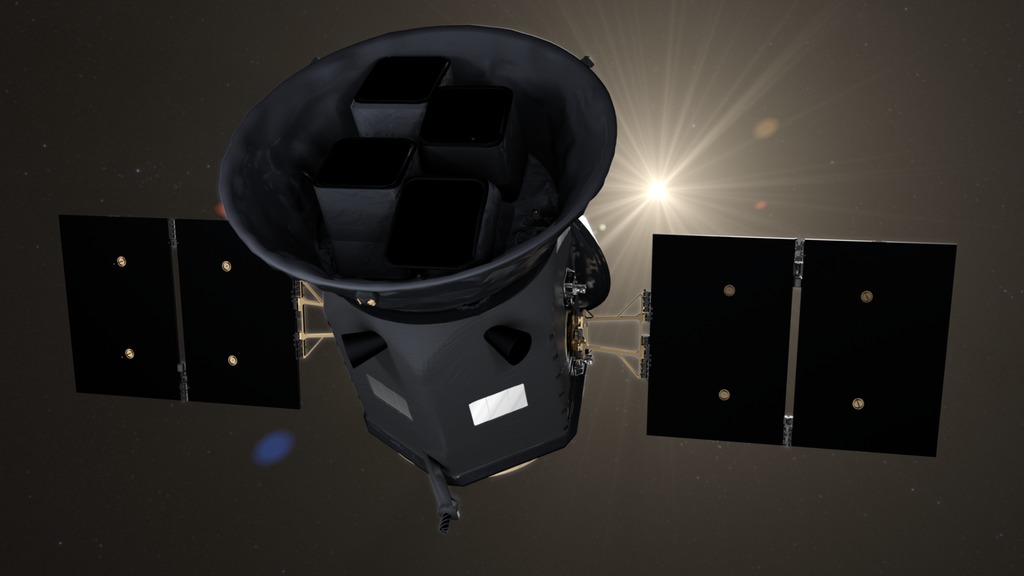TESS Social Media Products

Looping gif of the TESS spacecraft

Looping animated gif of the unique orbit TESS will fly. At 13.7 days, it is exactly half of the Moon's orbit, which lets the Moon stabilize it. During the part of the orbit marked with blue, TESS will observe the sky, collecting science data. During the orange part, when TESS is closest to Earth, it will transmit that data to the ground.

Still frame of TESS's orbit.

Liquid water can’t pool on just any planet. For starters, a planet needs to be just the right temperature to support liquid water on its surface, which means that it can’t be too close or too far from its host star. This just-right region around a star is called the “habitable zone.” The newest planet hunter, NASA's Transiting Exoplanet Survey Satellite (TESS), will seek planets around other stars, and might just find some in that special region. Square animated gif.

Liquid water can’t pool on just any planet. For starters, a planet needs to be just the right temperature to support liquid water on its surface, which means that it can’t be too close or too far from its host star. This just-right region around a star is called the “habitable zone.” The newest planet hunter, NASA's Transiting Exoplanet Survey Satellite (TESS), will seek planets around other stars, and might just find some in that special region. Animated gif.
Liquid water can’t pool on just any planet. For starters, a planet needs to be just the right temperature to support liquid water on its surface, which means that it can’t be too close or too far from its host star. This just-right region around a star is called the “habitable zone.” The newest planet hunter, NASA's Transiting Exoplanet Survey Satellite (TESS), will seek planets around other stars, and might just find some in that special region. Animation.

Animated gif of TESS engaged in a staring contest with the brightest stars in the sky. TESS is watching for slight drops in brightness as a planet passes in front of its host star.
Short video of TESS engaged in a staring contest with the brightest stars in the sky. TESS is watching for slight drops in brightness as a planet passes in front of its host star.
Music: "Fury" from Killer Tracks
Complete transcript available.
Short video of TESS engaged in a staring contest with the brightest stars in the sky. TESS is watching for slight drops in brightness as a planet passes in front of its host star.
Music: "Fury" from Killer Tracks
Complete transcript available.

Animated gif of a visualization showing TESS's orbit as it flys past the Moon.
Credit: MIT Lincoln Laboratory
Credits
Please give credit for this item to:
NASA's Goddard Space Flight Center
-
Producer
- Scott Wiessinger (USRA)
-
Technical support
- Aaron E. Lepsch (ADNET Systems, Inc.)
Missions
This page is related to the following missions:Series
This page can be found in the following series:Release date
This page was originally published on Tuesday, April 3, 2018.
This page was last updated on Wednesday, May 3, 2023 at 1:46 PM EDT.
